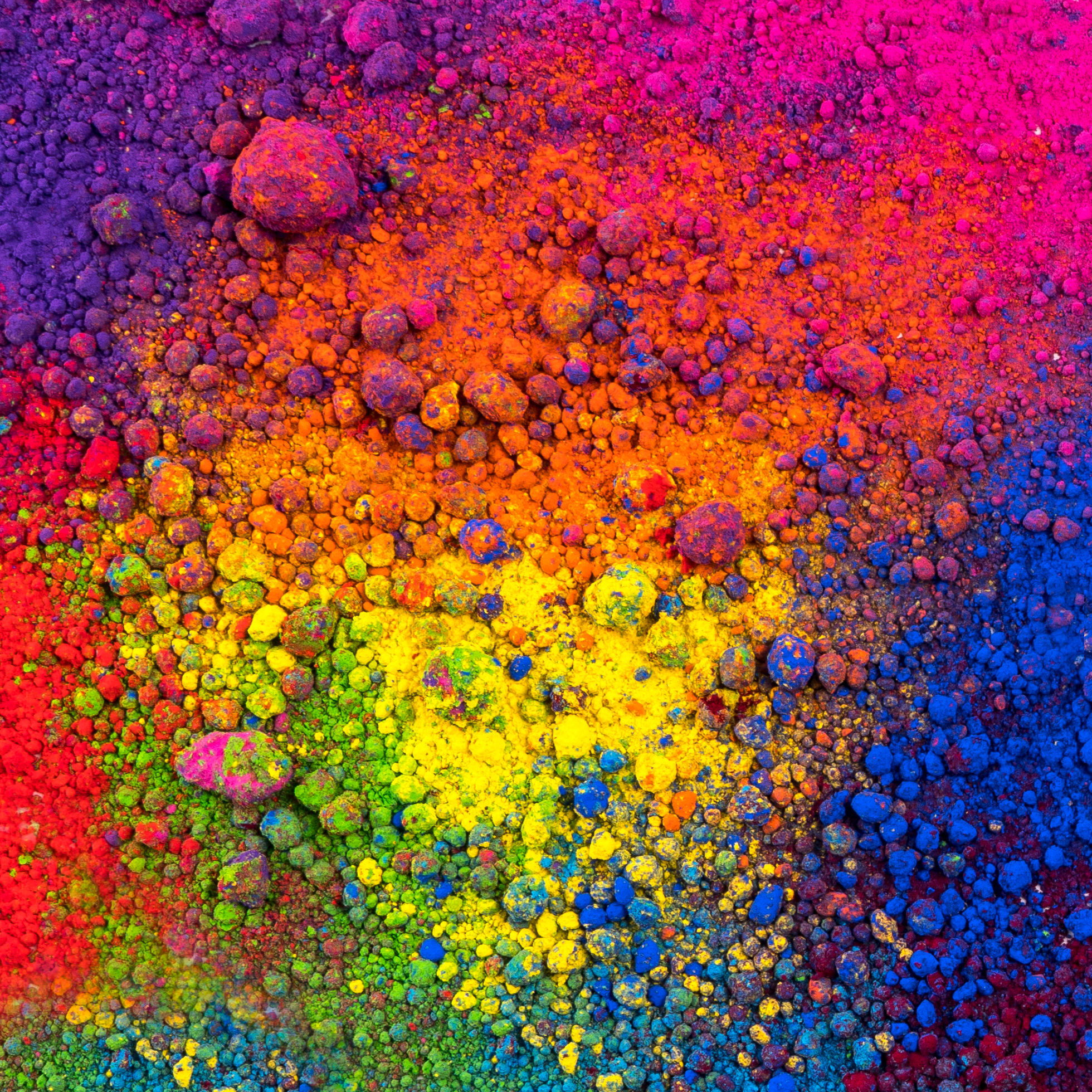Synthetic Pigments vs. Natural Pigments: A Detailed Comparison
Introduction to Pigments
Pigments play a crucial role in various industries, from art to cosmetics and even food production. They bring color to our lives, and understanding the differences between synthetic and natural pigments is essential for making informed choices. In this article, we will delve into the characteristics, benefits, and drawbacks of both synthetic and natural pigments.

What Are Synthetic Pigments?
Synthetic pigments are man-made colors produced through chemical processes. These pigments are typically created in laboratories using a variety of chemical compounds. The main advantage of synthetic pigments is their consistency and vibrancy. They are often used in industrial applications where uniformity and stability of color are required.
Advantages of Synthetic Pigments
One of the primary benefits of synthetic pigments is their color consistency. Being manufactured under controlled conditions ensures that these pigments have uniform shades across different batches. Additionally, synthetic pigments tend to be more lightfast, meaning they hold up better against exposure to light without fading.

Understanding Natural Pigments
Natural pigments are derived from organic sources such as plants, minerals, and even insects. Historically, these pigments have been used for thousands of years in art and decoration. Natural pigments offer a more eco-friendly option, as they are biodegradable and generally less harmful to the environment.
Benefits of Natural Pigments
Natural pigments provide a unique range of colors with subtle variations that cannot be replicated by synthetic means. Their organic nature often means they are safer for use in products that come into contact with the skin or are consumed, such as cosmetics and food.

Synthetic vs. Natural: Key Differences
The primary differences between synthetic and natural pigments can be boiled down to three main areas: origin, stability, and safety. Synthetic pigments originate from chemical processes, while natural pigments come from biological or mineral sources. In terms of stability, synthetic pigments generally outperform natural ones due to their resistance to fading.
Safety Considerations
While synthetic pigments offer vibrant colors, they sometimes contain chemicals that can be harmful if not used properly. In contrast, natural pigments are typically safer, though certain natural sources may still cause allergic reactions in some individuals. It is important to check product labels for potential allergens.
Applications Across Industries
Synthetic and natural pigments find applications in various fields. Synthetic pigments are prevalent in automotive paints, plastics, and textiles due to their durability. Natural pigments, on the other hand, are often used in fine art, organic cosmetics, and artisanal food products.

Choosing the Right Pigment
The decision between synthetic and natural pigments depends largely on the intended application. For projects requiring long-lasting color and consistency, synthetic pigments might be the better choice. However, for environmentally conscious consumers or those prioritizing safety, natural pigments offer an appealing alternative.
Conclusion
Understanding the differences between synthetic and natural pigments can help consumers make informed decisions tailored to their needs and values. Whether you prioritize vibrancy, sustainability, or safety, both types of pigments have their place in today’s diverse market. As technology advances and consumer preferences evolve, the landscape of pigment use will undoubtedly continue to transform.
